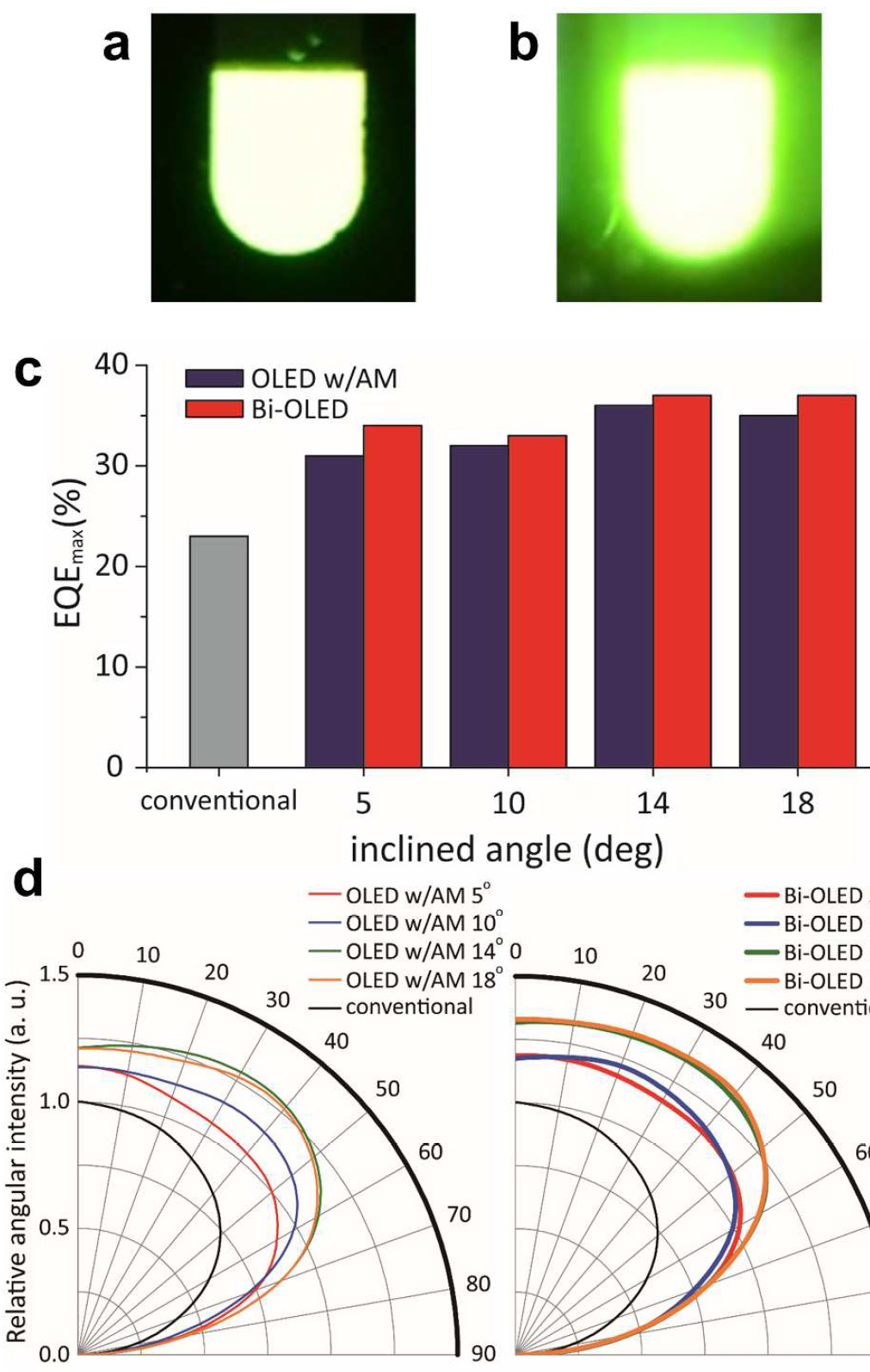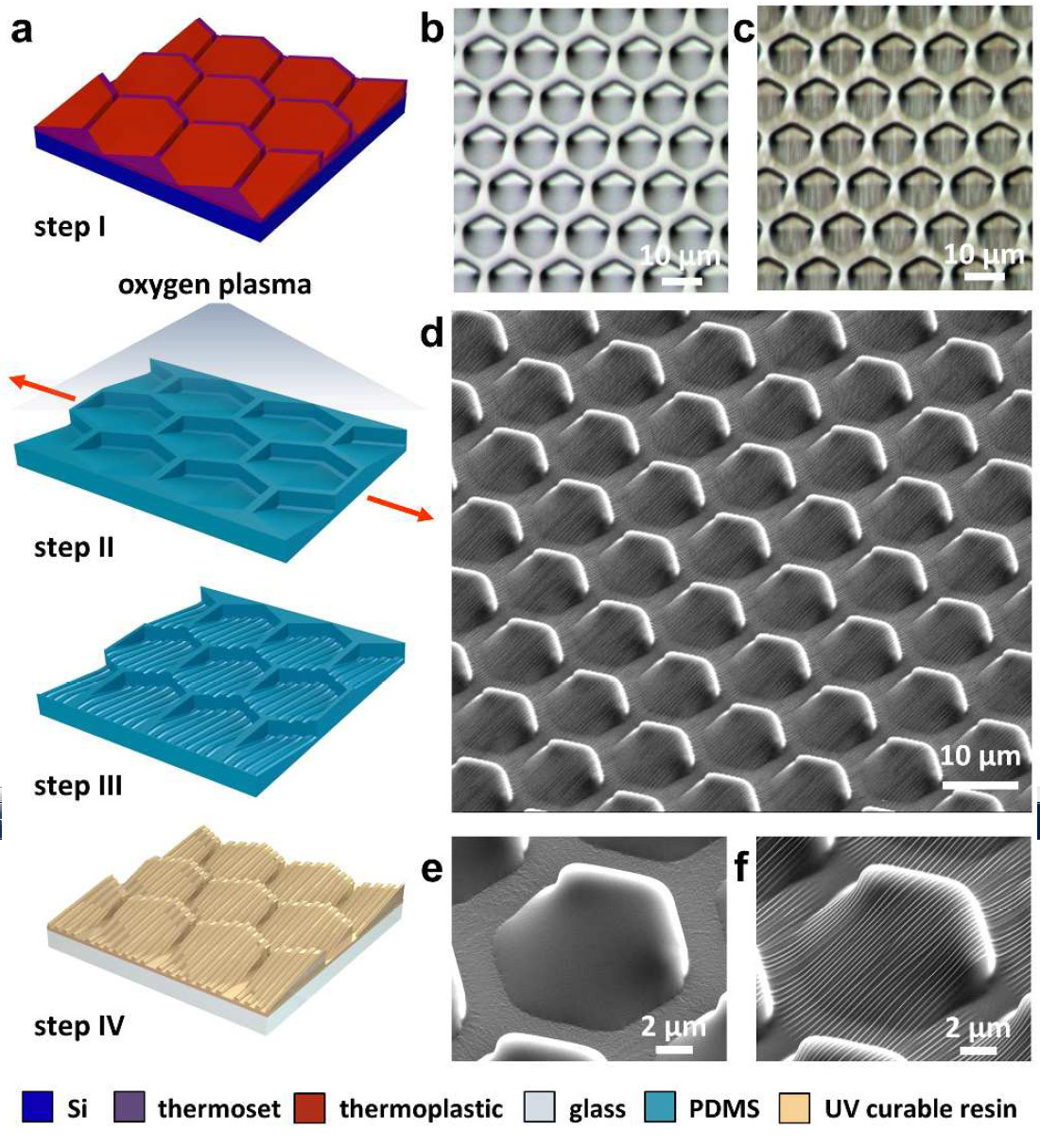Ultra-efficient OLED, a new generation of patterned firefly cuticle
 Many insects, birds, fish and amphibians can emit light to communicate with each other. Fireflies, the nocturnal beetle family, do this in the most efficient way. The glowing body of the firefly is formed by large photogenic cells and is located under the transparent cuticle. Like other animals, with the help of light signals, fireflies communicate mainly with the opposite sex: these are search signals of males, signals of "consent" or "refusal" of females, etc.
Many insects, birds, fish and amphibians can emit light to communicate with each other. Fireflies, the nocturnal beetle family, do this in the most efficient way. The glowing body of the firefly is formed by large photogenic cells and is located under the transparent cuticle. Like other animals, with the help of light signals, fireflies communicate mainly with the opposite sex: these are search signals of males, signals of "consent" or "refusal" of females, etc.Unlike artificial light emitting diodes, the surface of the glowing organ of a firefly is not smooth, but is covered with an asymmetric hierarchical cuticle of inclined elements of an unusual shape (see below).
The exceptional efficiency of such a glow organ attracted the attention of researchers from the Korean Institute of Science and Technology. Following the principles of bionics, they constructed organic light emitting diodes (OLED) on the model of the cuticle, having previously studied its optical properties. This is the first scientific study of this kind.
The illustration below shows that OLED nanocoating coincides with the hierarchical structure of the inclined elements created over millions of years of evolution of fireflies.
')
With the new coating, OLED showed a 60% higher luminous efficiency due to a decrease in internal reflection and a 15% wider angle of illumination. The scientific work was published in the journal Nano Letters (doi: 10.1021 / acs.nanolett.5b05183, pdf ).

“This work reports the first observation of hierarchical structures, namely, oblique microstructures with nanostructures existing on the cuticular ultrastructures of the glowing organ of the glowworms,” explained Ki-Hun Jeong, lead author of the scientific work. “Our large-scale photon calculations clearly showed that the functionality of asymmetric and hierarchical structures makes a significant contribution to the efficiency of light output and the magnitude of the illumination angle during bioluminescence. This knowledge gained from fireflies was successfully implemented in next-generation organic light-emitting diodes. ”
Improved performance has been achieved due to a significant reduction in internal reflection in OLED. This is one of the main problems in the production of LEDs, where more than half of the emitted light is reflected back, that is, it does not go beyond the limits of the device. Scientists have already tried to mimic similar biological structures, but the authors of the new study carried out detailed calculations and showed that it is an asymmetric and hierarchical structure that plays a key role in the properties of the glowing organ in the firefly.

The authors not only studied the properties, but also proposed the optimal technical process for the manufacture of LEDs with such a coating.

Source: https://habr.com/ru/post/393457/
All Articles